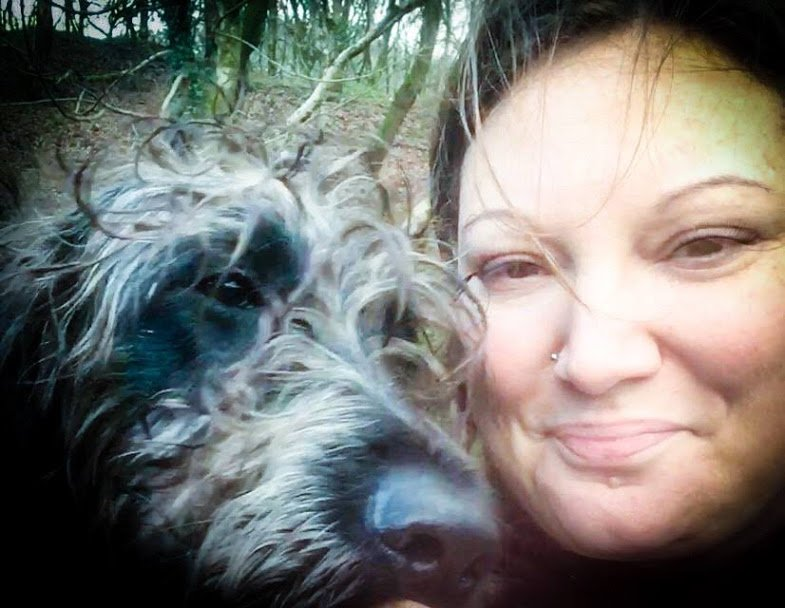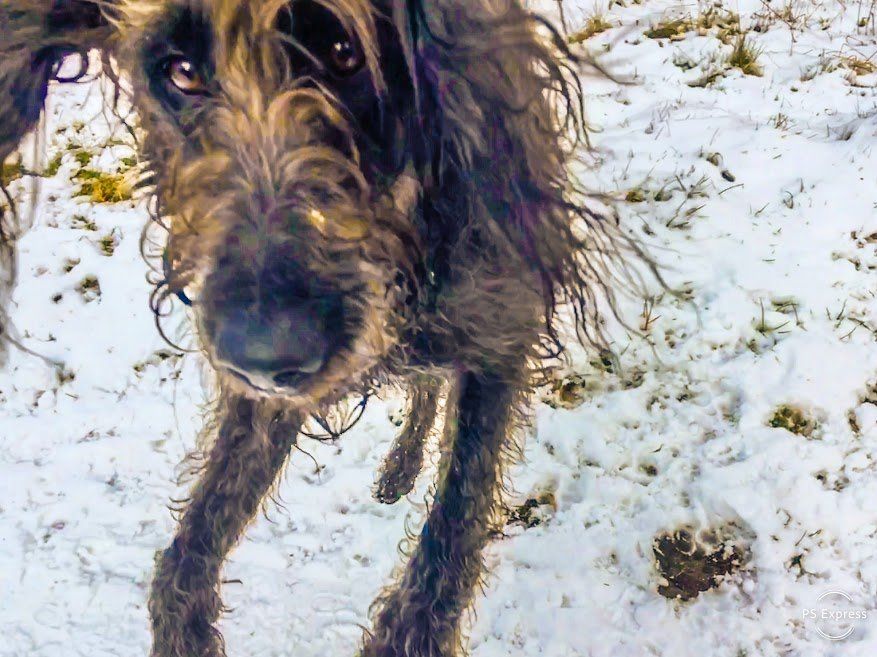I was delighted to be asked to write a "From the Expert" column for Freya the Cockapoo! A series of my top ten tips for a lifelong relationship with your dog can be found here:
ANIMAL BEHAVIOUR CONSULTATIONS
Dogs
DOGS
Behaviour problems can be complex and require detailed investigation and specific treatment plans. Some of the common behaviour problems seen in dogs are:
Aggression
Aggression can be aimed towards people (you or strangers) or other dogs and it can be specific to certain contexts e.g. around food, when being groomed. Aggression doesn't necessarily mean biting, you might notice 'stiffening', growling & barking which could escalate to biting. You will be given advice on how to minimise the risk of aggression while the treatment plan is implemented, e.g. muzzle training. We will work together to identify what is causing your dog to act aggressively and design a treatment plan accordingly.
Separation related behaviour
Separation related behaviours are those that occur when you're separated from your dog and usually when the dog is left alone. This doesn't necessarily mean that your dog has 'separation anxiety' (i.e. that the dog anxious because
you're not there). It could be that they are anxious about other things and find it harder to cope without you. This seems like a subtle difference but the treatment is different. Your dog could also be bored, frustrated or not fully toilet trained. We will work together to identify the cause of the behaviour and create a treatment plan accordingly.
Anxiety, fears and phobias
Fear is an emotional response to a perceived threat, anxiety is the anticipation of that threat and phobia is when a dog experiences fear or anxiety out of proportion to the situation. Dogs can be anxious or fearful about many things, some that make sense to us and some that don't! But they will make sense to your dog. Fear & anxiety are usually cause by a negative experience, or a lack of experience. Your dog might be generally anxious or might be extremely fearful of a specific thing or event (e.g. fireworks, going to the vet). We will work together to find out what's worrying your dog and design the treatment plan accordingly.
Inappropriate toileting
Your dog may be urinating or defecating anywhere in the house or in specific rooms, all the time or at specific times of day, or in specific contexts e.g. when greeting you. Elimination problems have a variety of causes, for example it can mean that your dog isn't fully house-trained, that they have a preference for a specific surface, that they're anxious or seeking attention. We will work together during the consultation to figure out which apply to your dog and create a treatment plan accordingly.
I also offer a preventative 4 week course (4 x hour-long sessions) for puppies (or older dogs if you've recently adopted a new dog) helping you to instill the basics is a gentle and loving way, setting you up for the best possible relationship with your new dog.
This isn't an exhaustive list, your dog may have other behaviour problems not shown above and you are very welcome to contact me to discuss. For more information on what is involved with a behaviour consultation, prices and how to book:
Click here
How do I...
USEFUL LINKS...
These are some links to information or products I find helpful, I'm not paid to advertise them (or given free stuff!) it's just my personal opinion. There is so much conflicting information out there and it's hard to know where to turn so I wanted to create a list of helpful links (that will grow over the coming weeks and months!)...
This month:Spotlight on...
Fear of fireworks
With the fireworks season behind us, you may have found that your dog was frightened and distressed. This can be a really tricky time for our dogs, they might respond fearfully to fireworks but they might also become more sensitive about other noises too. The good news is that there is plenty of time to address this before they come around again!
There are some really good programmes designed to help you get your dog used to fireworks and other noises they might find frightening. These are available to download free from the Dog's Trust website.
They use a process called systematic desensitisation and counter-conditioning. The general principle is that you start with the volume really low, so low that your dog doesn't react at all. As long as your dog is calm you can give them a kong stuffed with something super tasty to keep them occupied. This is the counter-conditioning bit, changing a negative association ("fireworks are the worst thing ever, I think I'm about to die") into something positive ("hang on, every time this noise happens I get something delicious... fireworks are brilliant!"). You practice this as often as you can (adjusting meals accordingly for the old waistline) then very gradually increase the volume (really, really gradually, over weeks or even months). This is the systematic desensitisation bit - very gradually getting your dog used to an ever-increasing stimulus without them ever becoming worried. Full instructions can be found in the How-To guide on the Dog's Trust website.
News


I've been asked alot recently about improving recall, how to stop jumping up and how to stop dogs chewing so I've created some handouts which might be useful for everyone!
Quick Links
caninetrauma@gmail.com
07957 944 499
Based in Aberdare, Rhondda Cynon Taf (South Wales, UK) but can travel to suit you (additional mileage / travel costs may apply)
© 2024
All Rights Reserved | Animal Behaviour Consultations
